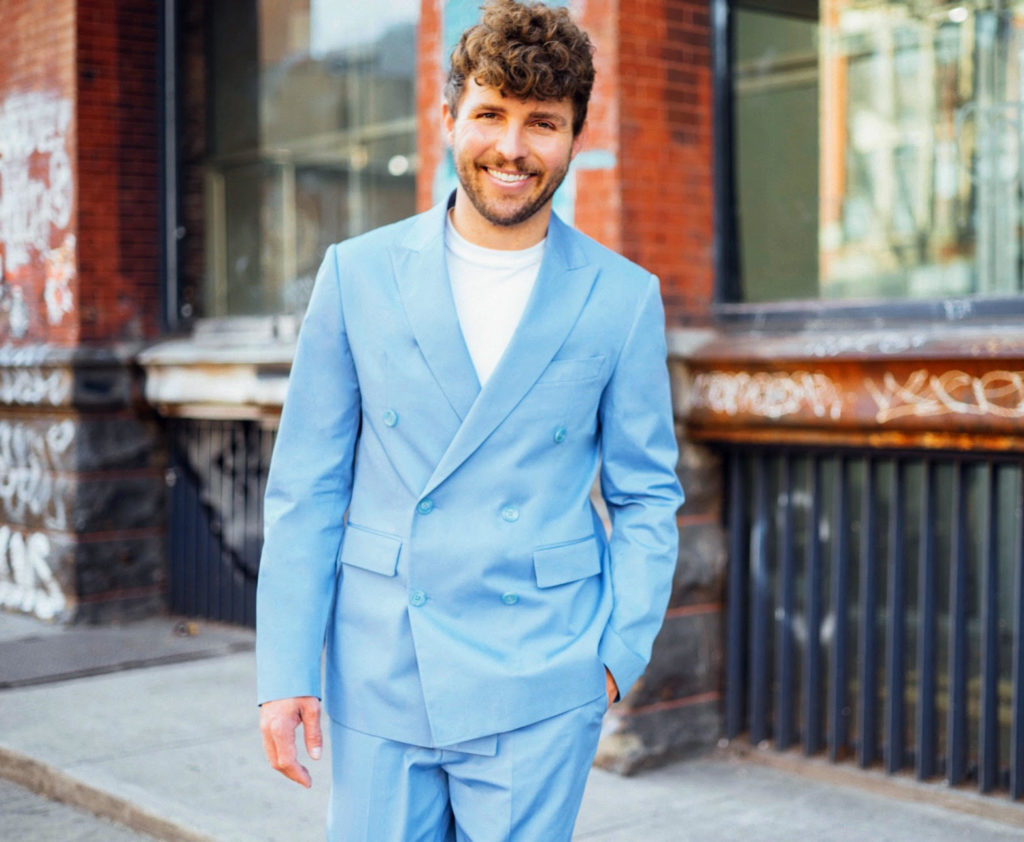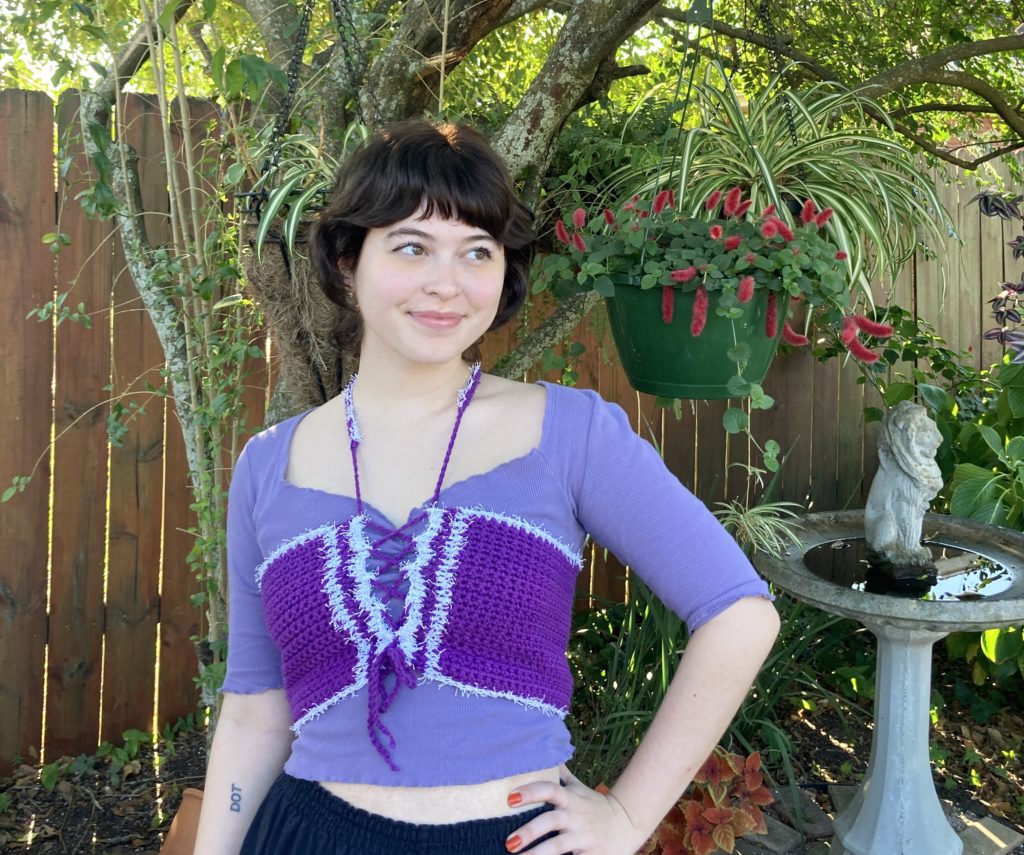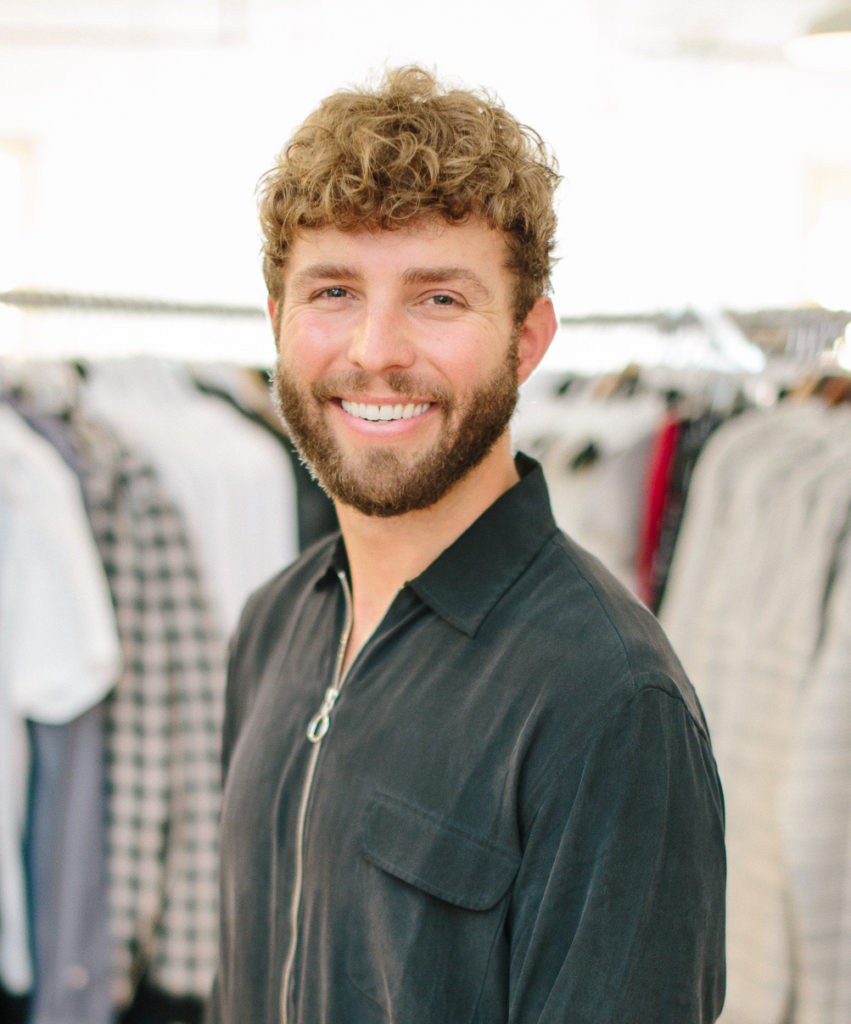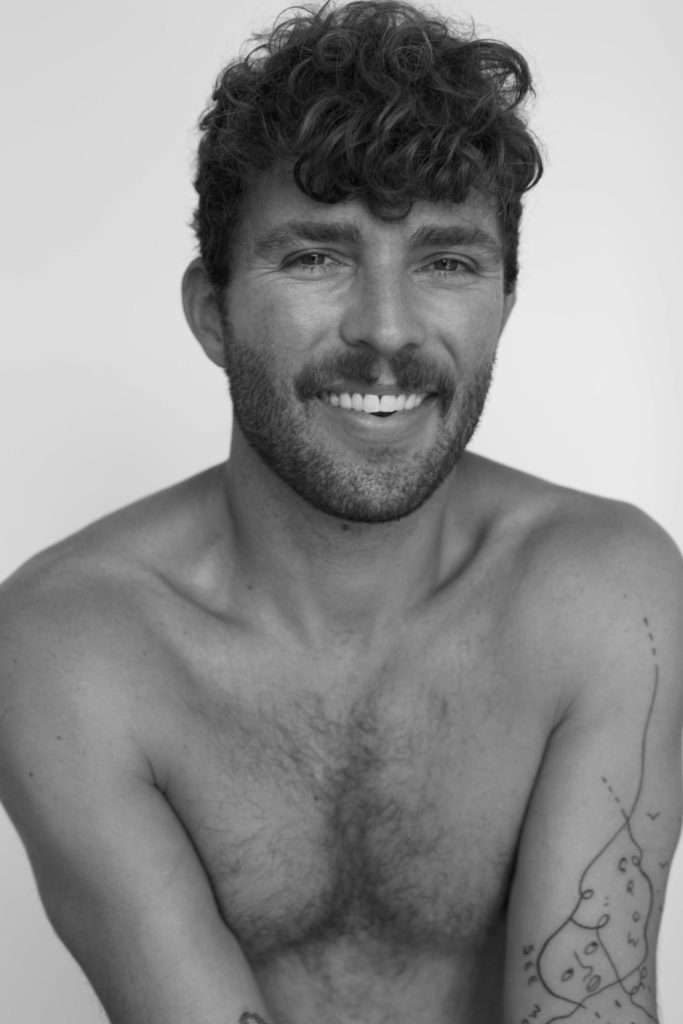Timo Weiland is an award-winning Creative Director, serial entrepreneur and DJ based in New York City. He was born in Omaha, Nebraska and raised between Florida and New York. After graduating from Vanderbilt University in Nashville, he worked for several years as an investment banking analyst at Deutsche Bank Securities, Inc. covering Media & Technology before launching his first startup. Since 2010, Timo has successfully built a namesake lifestyle brand, as well as businesses across food & beverage, design, media, B2B intelligence, real estate, technology, and venture capital.
The Timo Weiland brand, co-founded in 2010 with Alan Eckstein and Donna Kang, won the prestigious Ecco Domani Fashion Foundation award, Forbes 30 Under 30 List for Design, as well as the Council of Fashion Designers of America x Cadillac Retail Innovation grant. Recent projects include co-founding The Lead (the-lead.co), creative direction for GAP’s Banana Republic, InterContinental Hotels Group (IHG Worldwide), and one of the world’s largest direct-to-consumer optical brands, Zenni. He works between his creative offices in Brooklyn, retail operation with Groupe on the Bowery, (https://www.groupe.nyc/), recording studio in Flatiron, and venture capital offices in Lower Manhattan. Timo has been recently profiled in The New York Times, Architectural Digest, Vogue, WWD, Forbes, and Fast Company.
New Orleans Review
How did the brand come about in terms of your partnership with Alan Eckstein and Donna Kang?
Timo Weiland
I was working with them on their brand before. They had another brand that was a streetwear line, and I was so excited to work on it. At the time, I was also DJing at age 17 to help pay for college. Learning to DJ was actually such an amazing blessing because I met Alan and Donna (my co-founders) through DJing. Alan and I shared a DJ booth. We were DJs “T and A.” Donna was our hype man. We were NYC club kids. It was always about the three of us as co-founders being inspired by each other and also are an eclectic downtown New York group of friends from the club kid scene.
NOR
So, what is the Timo Weiland aesthetic?
Weiland
It wasn’t really streetwear. It was a little more polished. We had kinda grown up a little bit. Instead of being 19, 20, 21. At that point, we were 24 or 25. I wasn’t really wanting to just wear streetwear. I wanted what we made and put out into the world to be able paired with Supreme.
NOR
It seems like streetwear was always inspirationally at the heart of the Timo Weiland brand. Why streetwear?
Weiland
Supreme was always something the three of us bonded over. We wanted the Timo brand to be paired with supreme but it’s not competing with Supreme. We’ve always said prep meets street. The three of us growing up went to prep school, but we were always rebelling. So we were collecting vintage and reworking vintage. It’s actually something we do now too. We rework vintage and work with deadstock fabric.
NOR
Clearly, a healthy love for streetwear is central to the brand. What else inspires the founders of Timo Weiland?
Weiland
We’re all huge fans of Keith Haring. He inspired one of our collections from way back. Art and interiors, our group of friends have always been the root of our inspiration and our muses. Keith Haring–that’s a period that we look at a lot. Because it’s this community of downtown new york creatives that had each others backs. Someone like Keith Haring who died in his early 30’s of AIDS, way too soon. Looking back at that time period, there was just so much that was lost but also so much community was really built around their shared struggle. It’s a struggle and slog to live in NYC and to be in a creative field. But, if you get real scrappy–which all of them were–it’s always been a root of inspiration and a bonding point for Alan, Donna, and me. Building the business was no different than that. We have shared references, shared obsessions.
NOR
Who would you say is the Timo Weiland client?
Weiland
Our guy is either a tech founder or maybe a girl who is the president of some beauty company.
NOR
Do you and your cofounders ever encounter challenges with sharing creative visions and differing inspirations?
Weiland
Art and interiors, our group of friends have always been the root of our inspiration and our muses. The brand is a pretty well oiled machine now. So, we’re really involved and passionate about it. It’s opened the door and the format has allowed us to start these other businesses.
NOR
What other business ventures have the co-founders taken on?
Weiland
We were always inspired by interiors. Alan now acquires fine art and iconic furnishings. and sells it out of his gallery. A lot of staging from our fashion shows comes from Somerset house (Alan’s project).
NOR
Physical spaces to view art, design, and clothing seem to be a rarity in the COVID-Era. How important is it to have a brick-and-mortar right now?
Weiland
We have a test retail location in LA on Melrose, so we are most likely going to open a few more temporary tests. We are pulling the reins of the tailoring to our New York store. We are doing it around the tailoring, essentials– velvet sweat shorts, hoodies, blazers. Things that are made out of this eco-friendly, soft, velvet fabric. A lot of it is upcycled fabric from other brands. We are reusing deadstock fabric that’s been kept in a very safe environment. They are meant to be worn more casually.
NOR
So is casual, comfort dressing the new wave?
Weiland
We did a lot of features with the New York Times about how to dress for this new era that we are in (the pandemic, work from home). How do you interview for positions when you’re not able to go into a live scenario? You want to look polished, but you want to feel good. You want to feel comfortable. Our tailoring is always very soft, even if the lines are crips, clean, and modern. It’s always very comfortable.
NOR
Many independent brands and even large retailers like Barney’s have had to shut their doors amidst the pandemic. What’s the secret sauce for brands to stay afloat during these uncertain times?
Weiland
What makes brands able to progress during this time is really razor-sharp focus. Focusing on their signature hero products. What is that people come to you for? That’s what you have to focus on. Even emerging brands some have them been able to merge further because of this white space in the market with all of these market shares up for grabs with companies going out of business. We are in the process of revamping our website. I’ve been tracking data and a lot of people are shopping on Instagram and Tik Tok. It’s something that’s really effective; we’ve tested it. It’s something we enjoy doing, too. It’s really fun for it to be so close to you and be able to communicate directly with customers.
That’s what’s happened to a lot of these brands. They’ve either watered down the vision [or] they haven’t figured out what their customer wants. They weren’t able to communicate directly or effectively with the customer. It’s just very removed.
NOR
Are there any upcoming Timo collaborations?
Weiland
I work with Zenni Optical. I’ve been working with them for over ten years. It’s been really cool to have a Timo x Zenni collection. They’re a real success story in the pandemic times. The eyewear starts at $4. It’s a female-founded company and Julia Zehn is one of my mentors. In October, we sold over nine million pairs of eyewear.
NOR
It sounds like you guys are doing it right. So what’s next for the Timo Weiland brand, then?
Weiland
We’re going to be launching a swim collection next Spring/Summer, which is just going to be really simple swim, but, with striking, beautiful colors and a really high level of quality. But only a few styles. When I said keeping it focused, have it be a really small, concise assortment that all pairs back to each other. One thing that is a signature thing that has worked really well for us is you get a bang for the buck. All of our colors and all of our styles go together. You can mix and match. When you are buying three different color ways; you are getting nine different looks.
Vanessa Calderon (Loyola ’19) is a recent graduate from Loyola University New Orleans. She is a writer, immigration paralegal, and a New Orleans native.
+++This interview has been edited for length and clarity.




